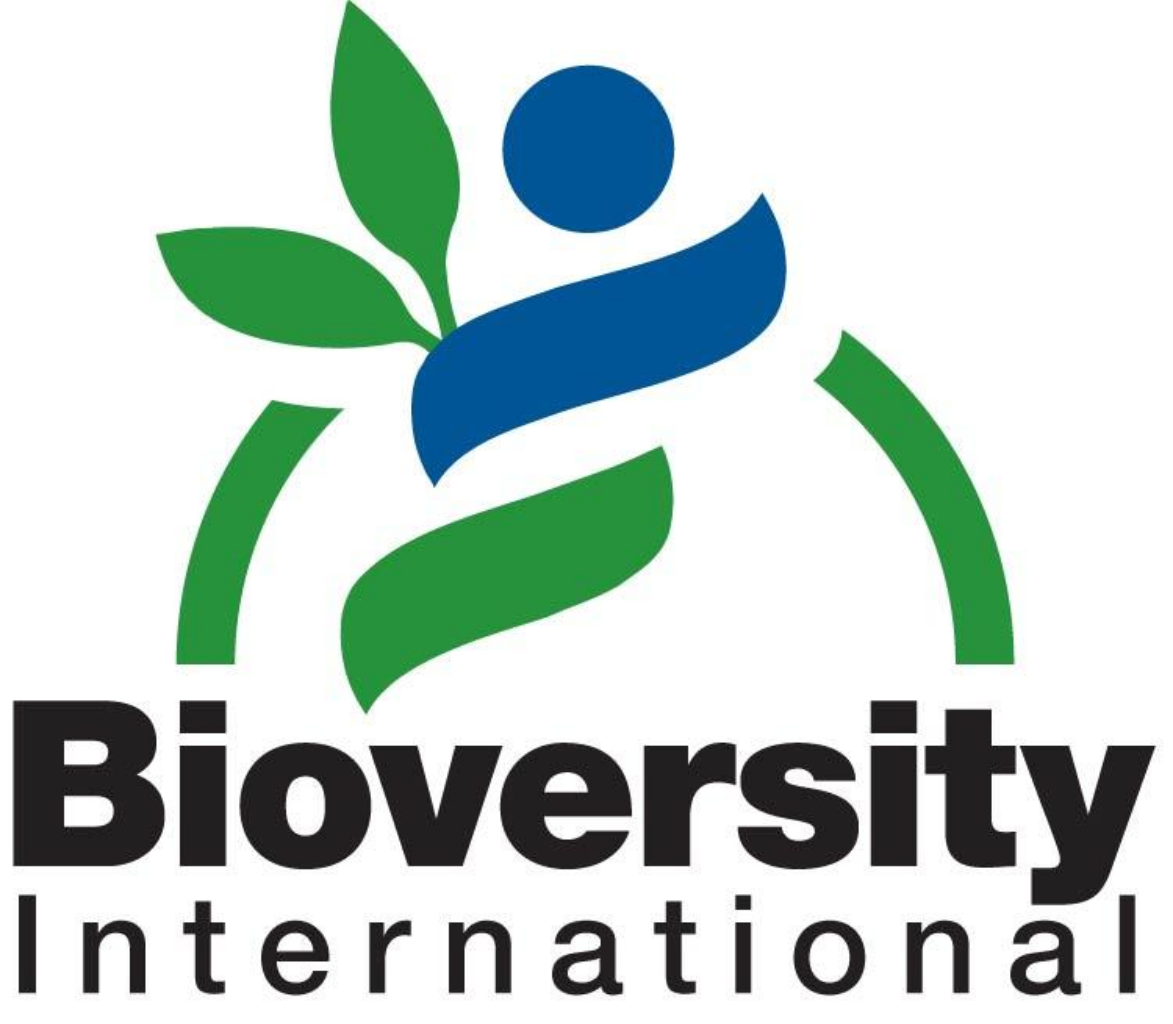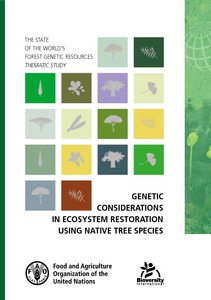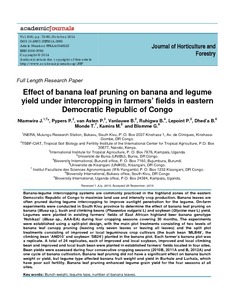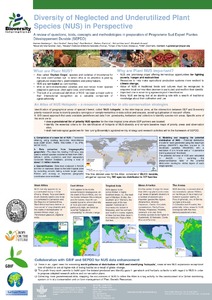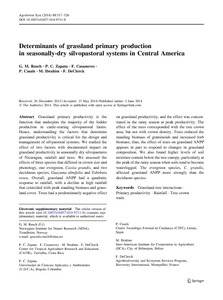Location
Bioversity International is a global research-for-development organization. We have a vision – that agricultural biodiversity nourishes people and sustains the planet.
We deliver scientific evidence, management practices and policy options to use and safeguard agricultural and tree biodiversity to attain sustainable global food and nutrition security.
We work with partners in low-income countries in different regions where agricultural and tree biodiversity can contribute to improved nutrition, resilience, productivity and climate change adaptation.
Members:
Resources
Displaying 136 - 140 of 184Genetic considerations in ecosystem restoration using native tree species. State of the World’s Forest Genetic Resources – Thematic Study.
There is renewed interest in the use of native tree species in ecosystem restoration for their biodiversity benefits. Growing native tree species in production systems (e.g. plantation forests and subsistence agriculture) can also ensure landscape functionality and support for human livelihoods. Achieving these full benefits requires consideration of genetic aspects that are often neglected, such as suitability of germplasm to the site, quality and quantity of the genetic pool used and regeneration potential.
From theory to practice: a decade of co-management of pasture and other natural resources in Mongolia
Elinor Ostrom's work has been the principal inspiration for a number of research and development initiatives in Mongolia aimed at designing, testing and assessing viable forms of natural resources co-management that build on traditional nomadic practices. One such initiative, begun in 1999, introduced co-management in four different ecosystems of the country.
Effect of banana leaf pruning on banana and legume yield under intercropping in farmers' fields in eastern Democratic Republic of Congo
Banana-legume intercropping systems are commonly practiced in the highland zones of the eastern Democratic Republic of Congo to maximize land use and intensify crop production. However, banana leaves are pruned during legume intercropping to improve sunlight penetration for the legume. On-farm experiments were conducted in South Kivu province to determine the effect of banana leaf pruning on banana (Musa sp.), bush and climbing beans (Phaseolus vulgaris L) and soybean (Glycine max L) yield.
Determinants of grassland primary production in seasonally-dry silvopastoral systems in Central America
Grassland primary productivity is the function that underpins the majority of the fodder production in cattle-rearing silvopastoral farms. Hence, understanding the factors that determine grassland productivity is critical for the design and management of silvpastoral systems. We studied the effect of two factors with documented impact on grassland productivity in seasonally dry silvopastures of Nicaragua, rainfall and trees.

